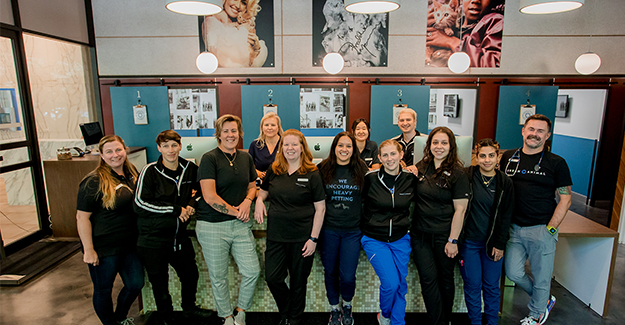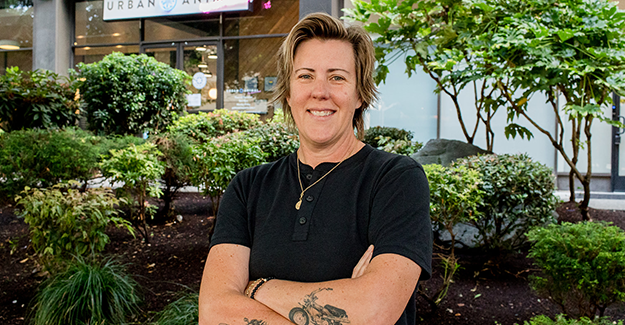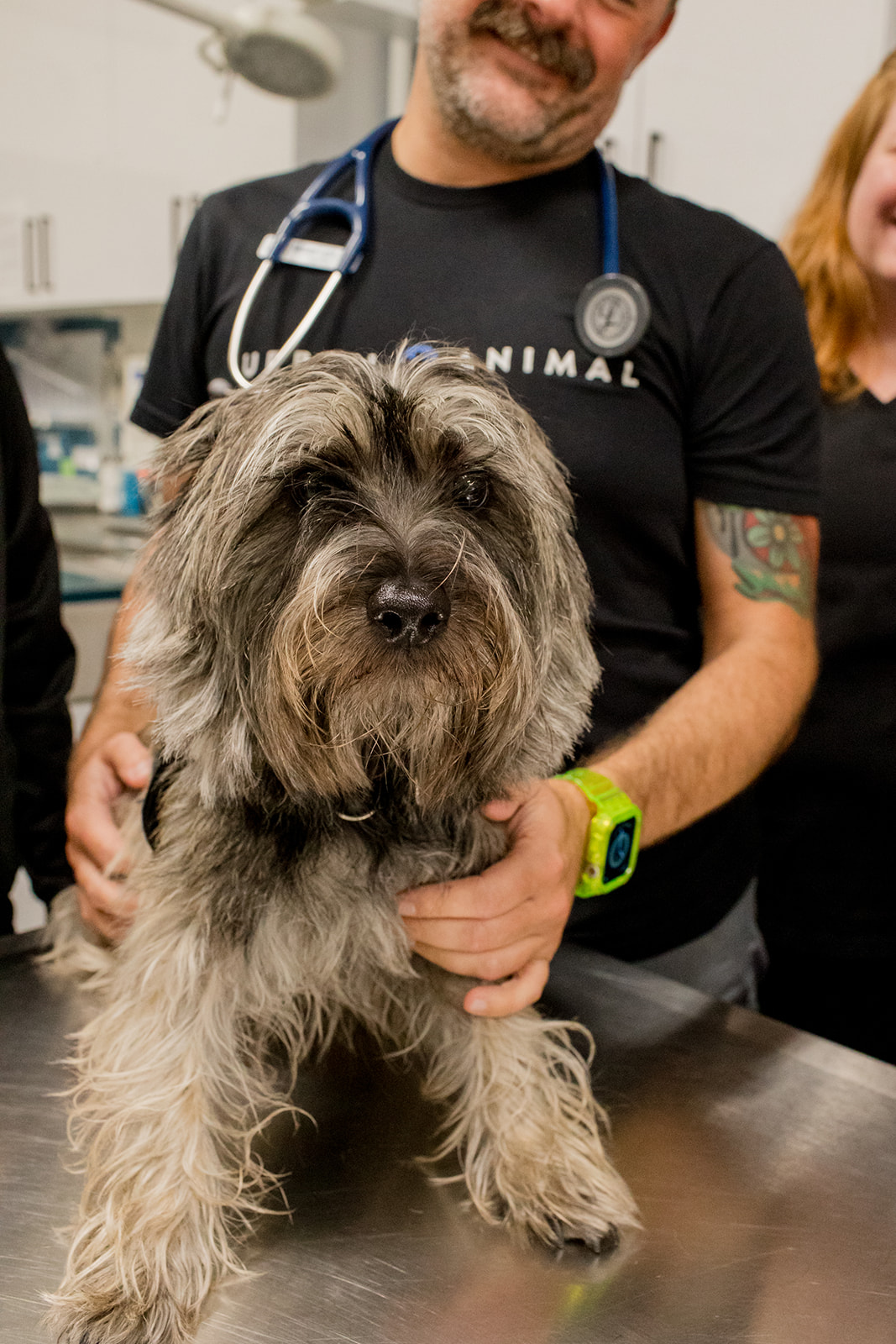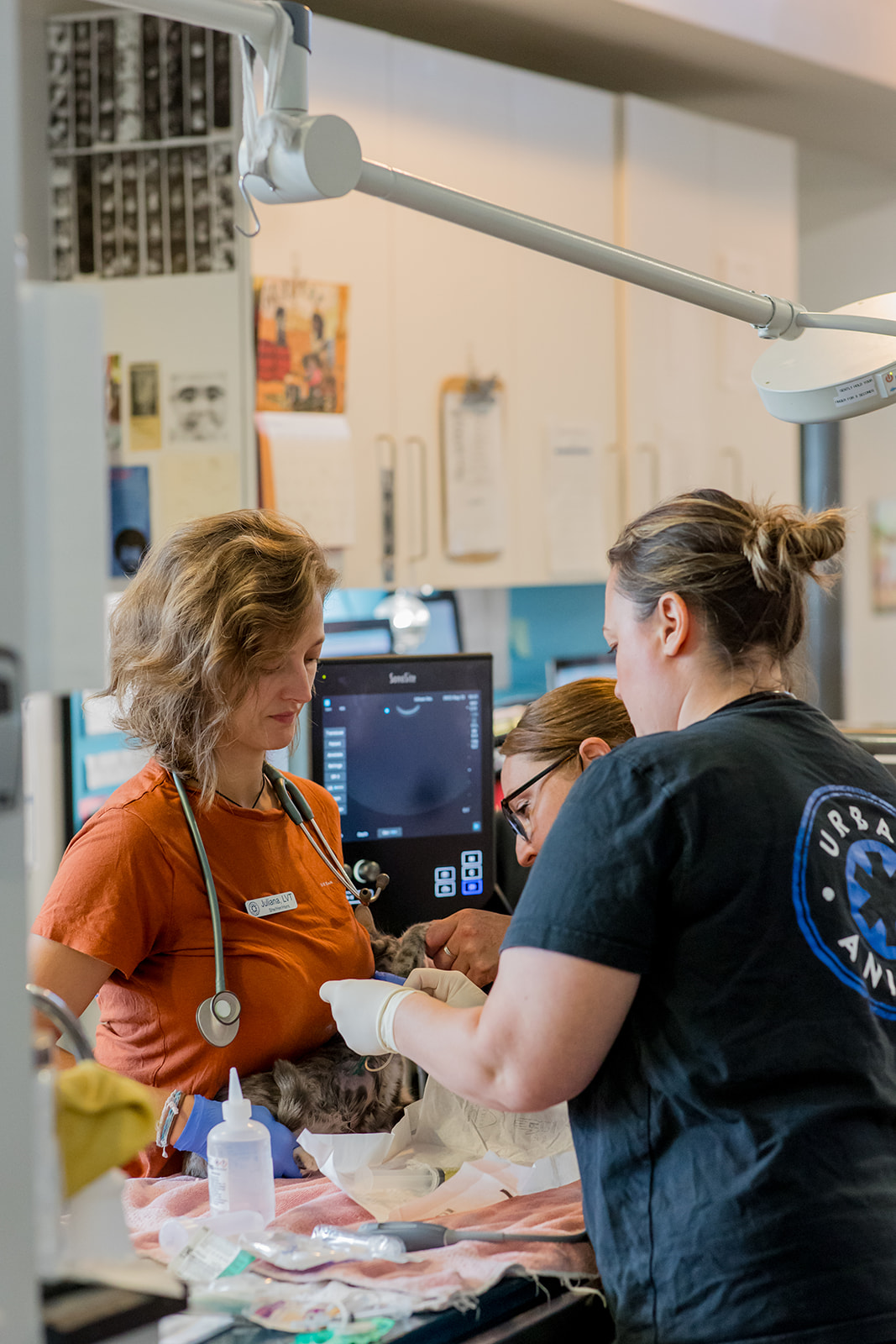Are worker cooperatives an alternative to the corporatization of vet med?

Some of the the team at Seattle's Urban Animal
Cherri Trusheim, DVM, owner and founder of Seattle-based Urban Animal veterinary clinics, always knew she wanted to do things differently when she started her own practice. For her, that meant growing a large company, fulfilling her dream of retiring to a hobby farm with time to enjoy it, and never selling to corporate.
After more than 10 years of studying and planning—and significant financial investment on her part—she thinks she’s found a winning strategy. And she’s created what is only the second worker cooperative in veterinary medicine in the United States.
The worker cooperative model
On January 1, 2024, Trusheim will gift 5% of her company, which currently consists of three private small animal practices in the Seattle area, to a limited cooperative association (LCA) that she has formed. This LCA will then own 5% of the profits from the business, which they can use to purchase more and more of the company from Trusheim over time.
Although she won’t be able to sell the business to the LCA for as much as she could make from a corporate sale, she feels that her exit strategy will be just as lucrative in the long run. She anticipates selling all but 10%–25% of the company to the LCA over the next 10 years, with the rest to be inherited by the LCA upon her passing.
Even as she starts to transfer larger percentages of the company to the LCA, Trusheim will continue to grow the business, staying on as the CEO and increasing the size of the company—which currently boasts 110 employees including 19 veterinarians—tenfold.
As Urban Animal grows, the LCA will automatically own a percentage of the profit from the new practices as well.

Urban Animal Owner Cherri Trusheim, DVM
Employee involvement and benefits
Employees will have to pay a membership fee to join the LCA and receive a portion of the profits, but Trusheim worked hard to keep the initial investment affordable. She anticipates that employees will start out having to invest about $100, which can be taken from their paychecks in smaller amounts over time.
A board will be appointed to oversee the LCA, and board members will decide if the membership fee is increased in the future. When an employee leaves, they get their membership fee back.


Trusheim lists many benefits to a worker cooperative model in vet med, including keeping prices reasonable for clients.
“Veterinary professionals want to help all pets, not just pets owned by people with means,” she explains. “If you are a middle- to low-income person, you should be able to own a cat.”
Trusheim believes avoiding corporatization and the influence of private equity can help to keep the cost of care more affordable. “There is a disconnect between vet med and the corporate consolidators and private equity, and it’s killing us.”
Trusheim hopes that this model will also inspire all employees to adopt an “owner mentality” as they do their work and represent their company to clients and patients. She feels strongly that giving veterinary professionals a voice and a seat at the table to determine what their own job looks like and how to best serve their community will result in more motivated personnel.
Molllyrose Dumm, a client liaison for Urban Animal, is optimistic about the possibilities the worker cooperative offers. She is one of the employees currently engaged in a comprehensive training conducted by Cooperative Way, an organization helping prepare Urban Animal for their new business model.
She is most excited that what she calls a “largely female-driven, largely queer-driven industry” that will see much of the decisionmaking power rest within these populations. She said she hopes that “it can encourage everyone to invest in themselves and not depend on someone else to direct their future and their decisions.”
The future of veterinary medicine
Trusheim believes other veterinary owners will seek to emulate the worker cooperative model in the future. She feels it provides a way to control soaring prices, helps all members of the team feel more empowered and valued, and gives practice owners a unique exit strategy while still rewarding them for their hard work and investment.
The need for all of these changes feels imminent for many in veterinary medicine at this time. “If those of us who can do different, do different,” Trusheim reassures, “that’s how things will change.”
Further reading
Urban Animal’s Website
https://urbananimalnw.com
The Cooperative Way
https://www.thecooperativeway.coop
Emily Singler, VMD, is a 2001 graduate of Penn State University and a 2005 graduate of University of Pennsylvania School of Veterinary Medicine. Her career in veterinary medicine has included experience in shelter medicine, private practice, and as a relief veterinarian. She currently works as AAHA’s veterinary content strategist. Her writing interests include public health, preventive medicine, the human-animal bond, and life as a working mom. She is the author of Pregnancy and Postpartum Considerations for the Veterinary Team (CRC Press, November 2023). Learn more at www.emilysinglervmd.com.
Photos courtesy of Urban Animal.
Disclaimer: The views expressed, and topics discussed, in any NEWStat column or article are intended to inform, educate, or entertain, and do not represent an official position by the American Animal Hospital Association (AAHA) or its Board of Directors.



